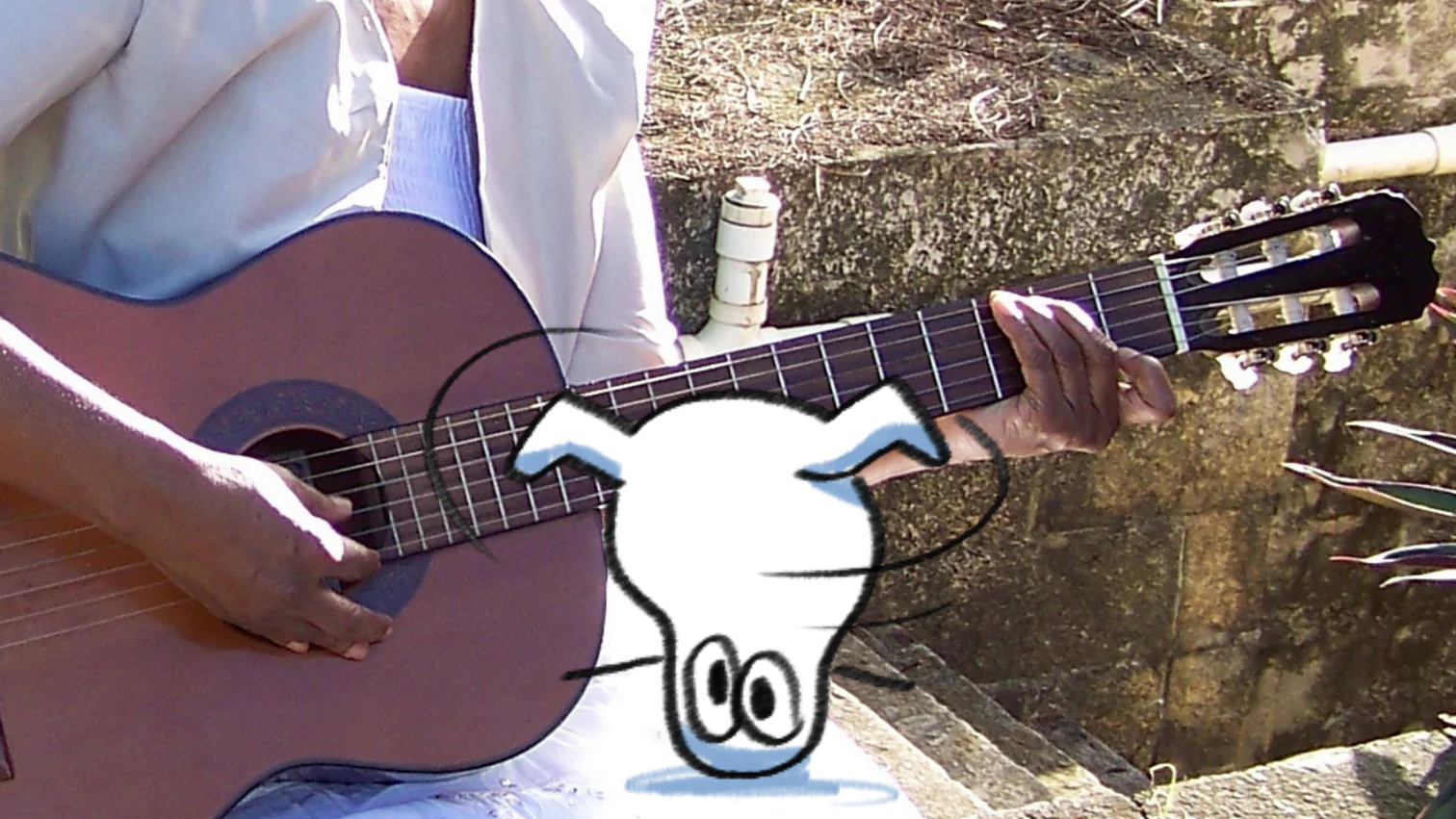Here’s some data on extreme global poverty:
The world’s population living on less than $1.90 per day fell from 36% in 1990 to under 10% in 2019. *

Now here’s a story about global poverty.
Bennie loves her guitar and dreams of becoming a professional musician. She’s studying at a music school in Rwanda.
Guitars aren’t cheap, nor are music lessons. There’s no way Bennie’s mum could have done this when she was a girl. But people in Rwanda have seen their average income rise from $40 to $800 a year since 1962.
And in the same period, guitar ownership around the world has risen by a staggering 5,500%. This is what declining global poverty looks like: more girls like Bennie learning to play guitars.
So which is easiest to remember: the data or the story?
Without scrolling back to the top of the article, can you remember the percentage decline in global poverty? But can you picture Bennie with her guitar?
Data is fantastic. It’s a gift, like a magic mirror or crystal ball, that lets us see the truth. But lots of us find data hard to understand: 49% of adults in the UK struggle with anything beyond Primary School maths, and things aren’t much better in the US. Stories are so much easier to remember than stats.
Here’s a simple trick that helps you wrap your data up in a story.
Zoom Out
What’s the big picture? What’s the most important trend or pattern that you want your audiences to think about? What new and important information have you found in your data? And now…
Zoom In
What’s the little picture? Give us an actual example that we can visualise. Give us a person, someone who represents or is affected by the data.
You can tell a Data Zoom story in two ways:
Zoom Out then Zoom In: “Here’s an important trend… for example, Bennie is learning guitar…”
Zoom In then Zoom Out: “Here’s Bennie, learning guitar… she’s typical of a much wider trend…”
You can repeat the process for each important point you want to make. Data Zooming is just one trick on the Data Detectives card in Storyteller Tactics.
* Data sources: United Nations Development Goals and Our World in Data, Gapminder and UK National Numeracy survey.
Image from Pixabay.com


If you leave us your email, we'll let you know if we update this guide based on your feedback.